Hello fellow container home enthusiasts! I’m Emily Owens, and I’ve been on a delightful journey in the world of container homes for the past four years. Today, I want to dive deep into a topic that often perplexes even the most seasoned container home aficionados: creating a cohesive interior design theme.
Container homes are gaining popularity for their sustainable, affordable, and innovative design, but they come with their own unique set of challenges when it comes to interior design. Whether you’re converting a single container into a cozy retreat or stacking several to create a spacious family home, crafting a harmonious and aesthetically pleasing interior design theme is essential.
So, grab your favorite beverage, get comfortable, and let’s embark on this design journey together.
Start with a Vision
Every great design begins with a vision, and your container home is no exception. Before diving into the world of color palettes and furniture choices, take some time to envision the atmosphere you want to create within your space. Do you crave a minimalist, industrial vibe with exposed steel beams and concrete floors, or are you leaning towards a warm, rustic feel with reclaimed wood and earthy tones?
Consider the purpose of each room and how you want it to feel. Your vision will serve as your design compass, guiding you through the decision-making process.
Choose a Color Palette
Once you have a vision in mind, selecting a color palette is the next step. Container homes often feature limited square footage, so choosing the right colors can significantly impact the perceived size and mood of your space.
For an airy and open feel, opt for light and neutral colors like whites, creams, soft grays, and pastels. These hues can make your space appear more spacious and inviting. However, if you’re going for a cozy and intimate atmosphere, don’t be afraid to incorporate deeper, richer colors like navy, forest green, or warm terracotta.
Here’s a pro tip: consider using a consistent color palette throughout your container home to create a cohesive flow between rooms. This will make your space feel more connected and harmonious.
Embrace Multi-Functional Furniture
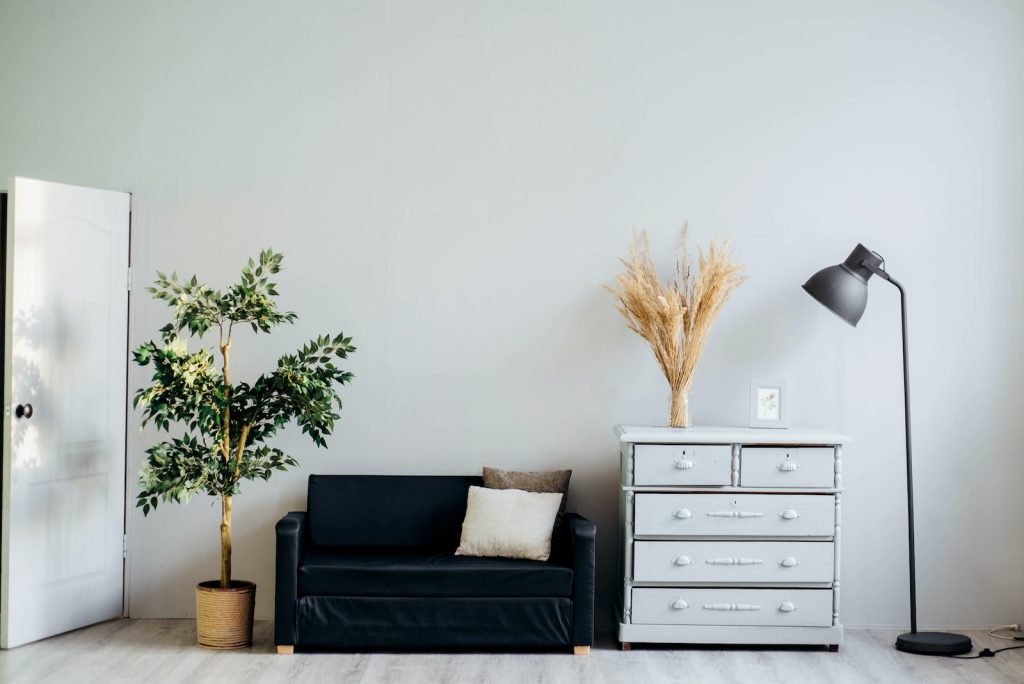
Container homes demand creative solutions when it comes to furniture. To maximize your limited space, invest in multi-functional furniture pieces. For example, a sofa that can convert into a bed or a dining table with storage underneath can help you make the most of every square inch.
Additionally, consider built-in furniture to optimize space efficiency. Custom-built shelving and seating can be designed to fit the unique dimensions of your container, providing both functionality and a seamless look that complements your chosen design theme.
Let There Be Light
Lighting is a crucial element in interior design, and it’s especially important in container homes, where natural light may be limited. Strategically placed windows, skylights, and glass doors can flood your space with natural light, creating an inviting and spacious atmosphere.
To complement your design theme, choose light fixtures that match your style. Industrial pendant lights work beautifully in a minimalist, industrial space, while rustic chandeliers add warmth to a more rustic interior.
Play with Textures
Textures are the unsung heroes of interior design. They add depth, interest, and tactile appeal to your space. Incorporate a variety of textures to enhance your chosen theme. For instance, in an industrial-themed container home, mix materials like metal, concrete, and glass with softer textures like wool, leather, or plush textiles.
Don’t forget about textiles such as rugs, curtains, and throw pillows. These can inject color and texture into your design while also making your space feel more inviting and comfortable.
Showcase Your Personality
Your container home is a reflection of your personality and lifestyle, so don’t be afraid to showcase your unique taste and interests. Add personal touches like artwork, photographs, or decor items that hold sentimental value. These elements not only make your space feel like home but also contribute to the overall cohesiveness of your design.
Stay Organized
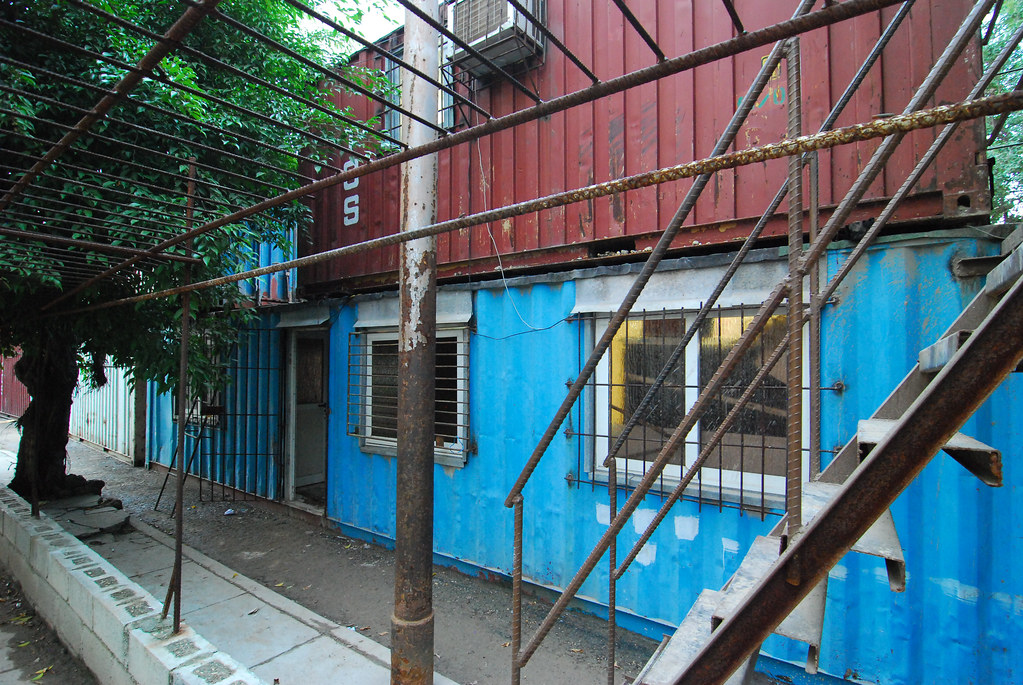
In a compact living space like a container home, staying organized is key to maintaining the aesthetics and functionality of your interior design theme. Utilize storage solutions such as built-in cabinets, shelves, and under-bed storage to keep clutter at bay.
Consider open shelving for displaying decorative items that tie into your theme while keeping necessities hidden away in closed storage. An organized space not only looks better but also feels more spacious and peaceful.
Don’t Forget the Exterior
While this article primarily focuses on interior design, it’s worth mentioning that your container home’s exterior plays a significant role in establishing your design theme. The exterior color, landscaping, and even the choice of decking materials can all contribute to the overall cohesion of your container home’s design.
For example, if you have an industrial-themed interior, you might opt for a sleek, minimalist exterior with a monochromatic color scheme. On the other hand, a rustic interior could be complemented by a weathered wood exterior and a garden filled with native plants.
In Conclusion
Designing the interior of a container home can be an exciting and rewarding endeavor. By starting with a clear vision, choosing the right color palette, incorporating multi-functional furniture, optimizing lighting, playing with textures, showcasing your personality, staying organized, and considering the exterior, you can create a cohesive and inviting living space that reflects your unique style and meets your practical needs.
Remember, there are no strict rules in container home design—only opportunities to get creative and turn a metal box into a cozy, stylish haven. So, embrace the challenge, have fun, and let your container home be a testament to your creativity and innovation. Happy designing!











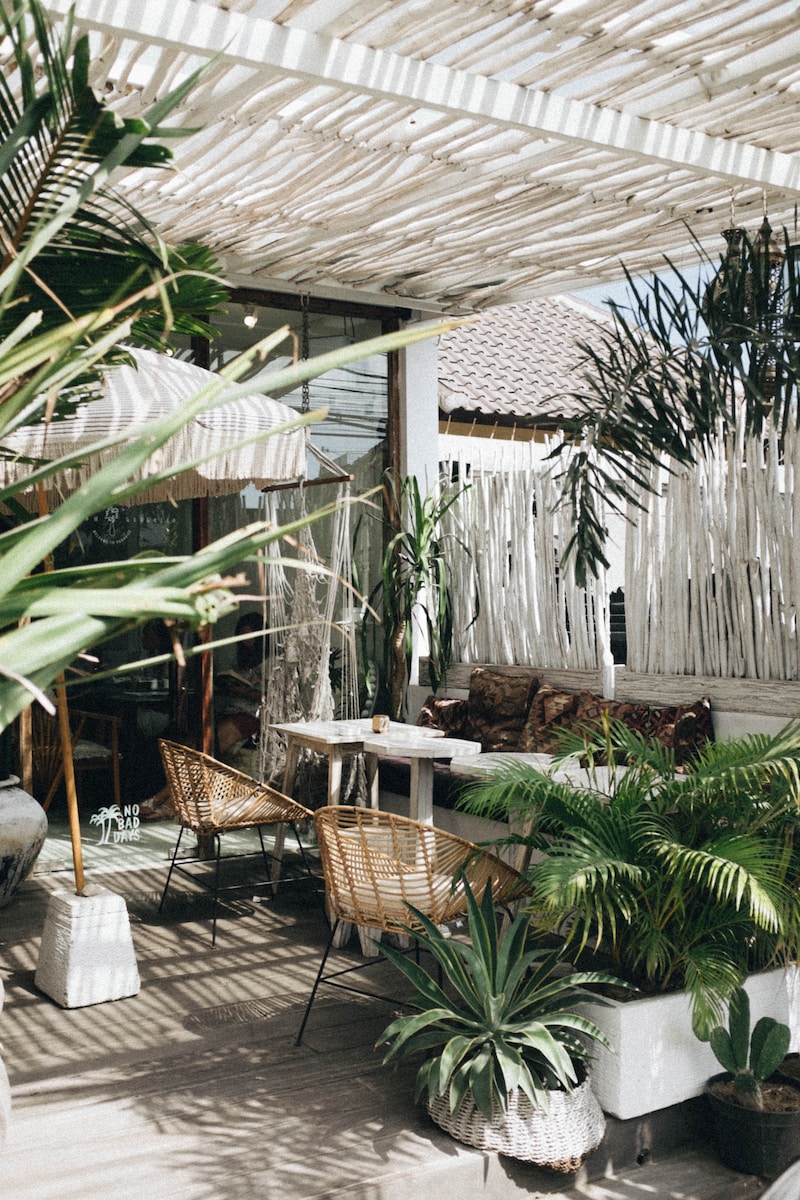





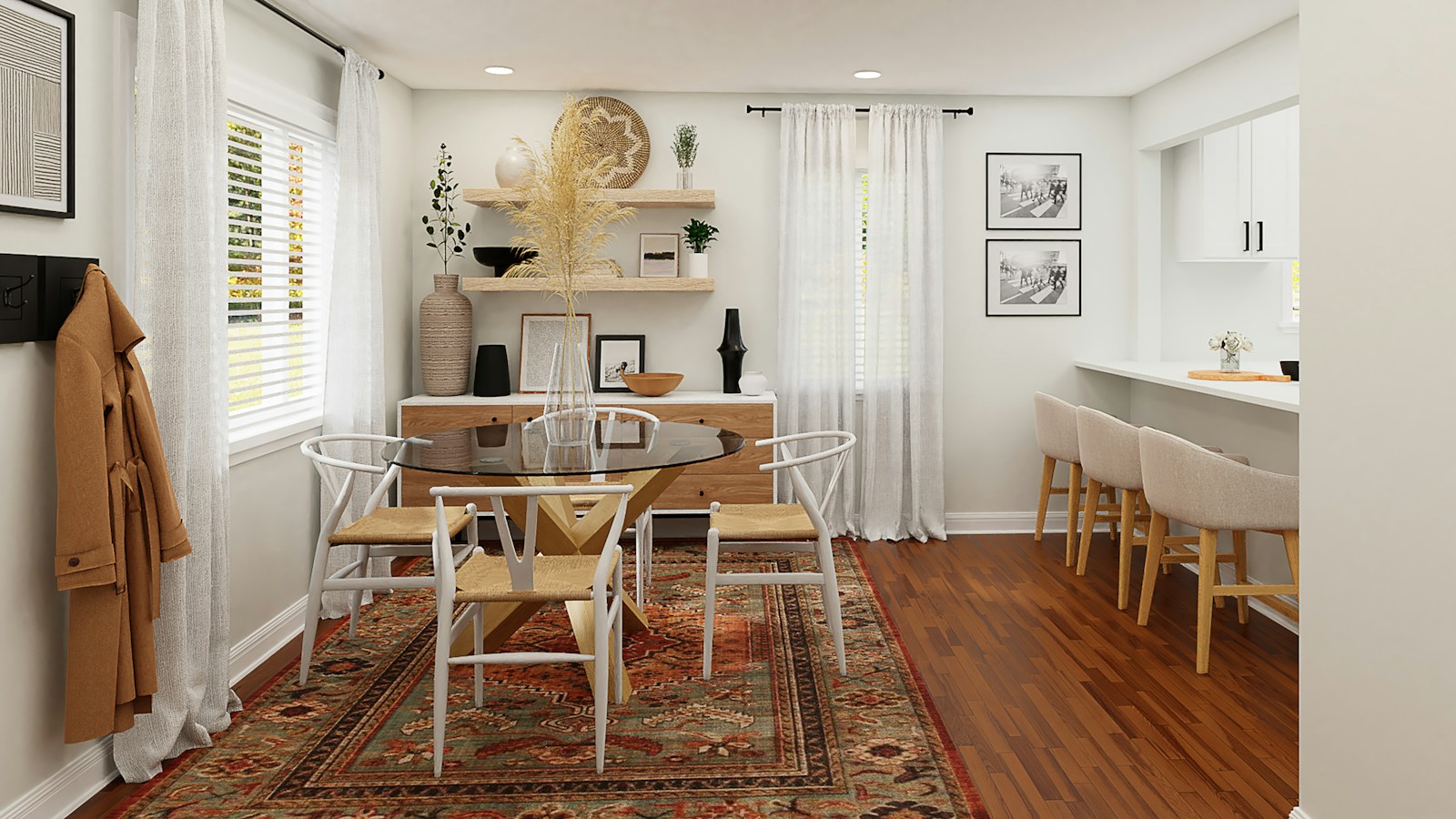
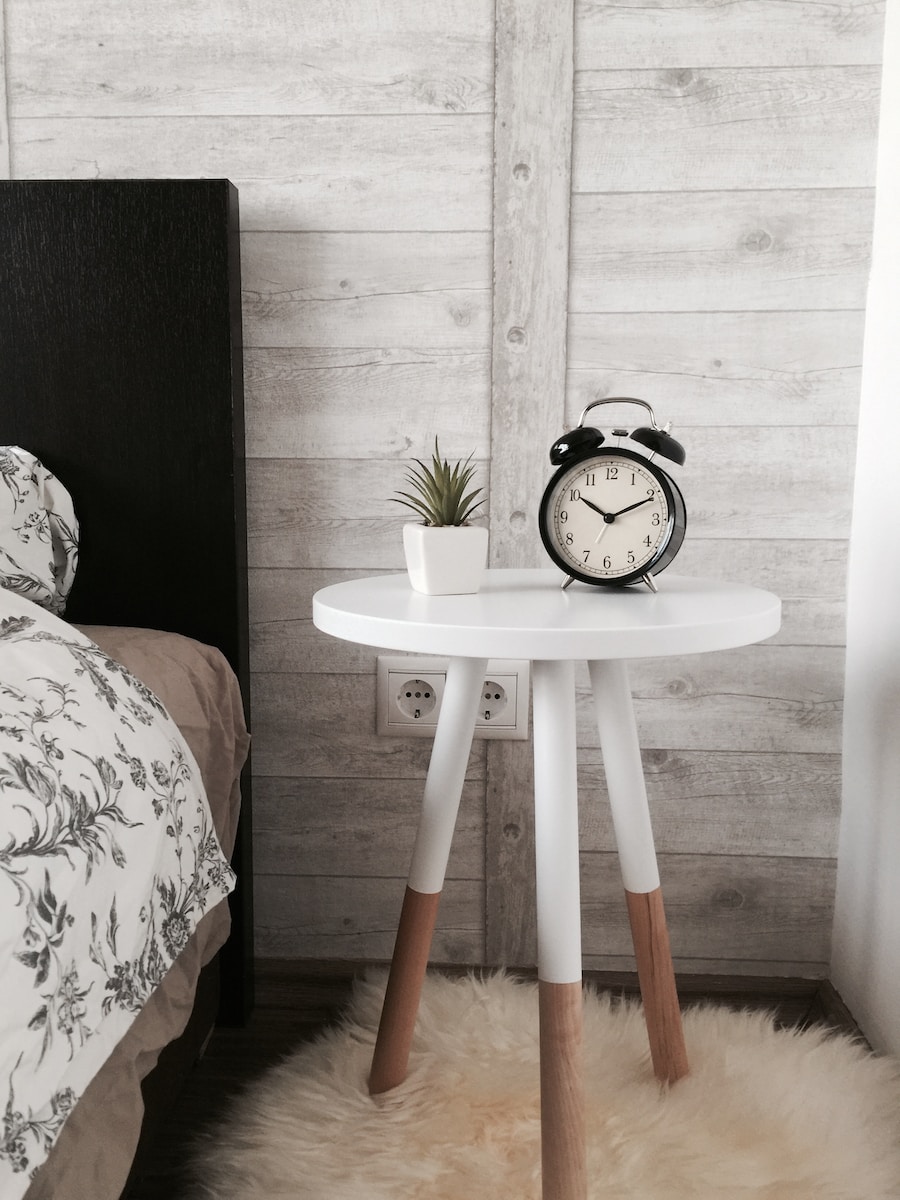
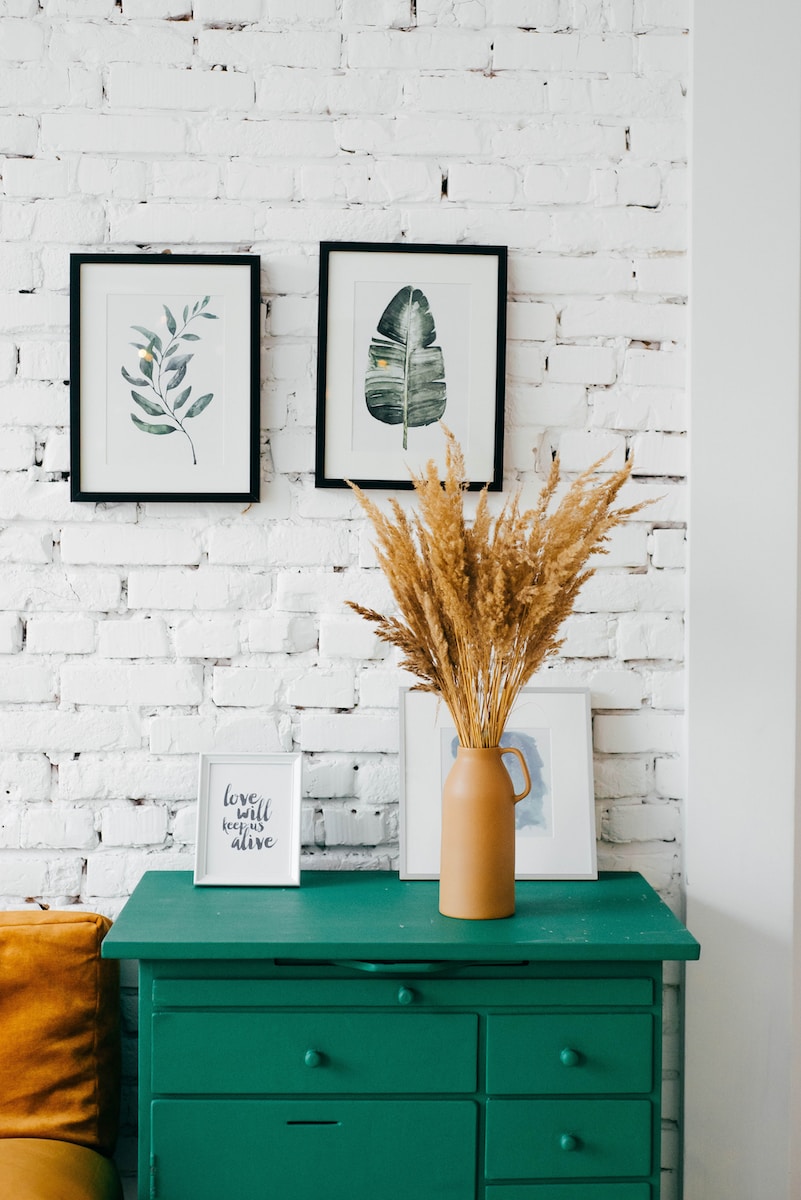

Find Us on Socials